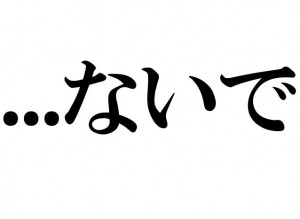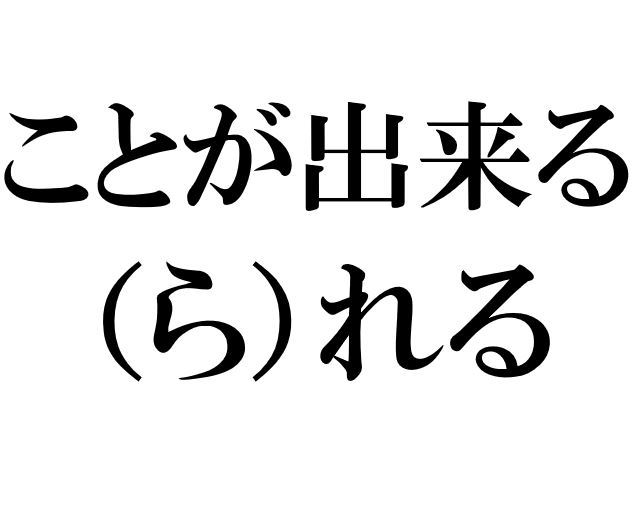Before starting the exercise for potential form 「…ことが出来る」「(ら)れる」, please clarify any doubts you may have about the grammatical rules by referring to your grammar guidebook or dictionary. The Instantaneous Composition Method requires you to compose sentences with the target sentence pattern(s) over and over in order to use them almost effortlessly. You should already have the necessary knowledge.
- Reference
- Genki II – Lesson 13: Potential Verbs
- Tae Kim’s Guide – Potential Form
Instantaneous Composition Exercise for Potential Form 「…ことが出来る」「(ら)れる」
This is not a translation exercise. This is the Instantaneous Composition Exercise. As if a reflexive action, try to create an equivalent Japanese sentence shortly after reading an English script. Try not to think for more than three seconds.
- Audio File
English and Hidden Japanese Scripts
| 1. | Can (you) still eat? => Yes, (I) can. |
| まだ食べられますか? => はい、食べられます。 |
| 2. | Can (you) make a new song? => No, (I) cannot. |
| 新しい歌を作れますか? => いいえ、作れません。 |
| 3. | Can (you) do (that)? => Yes, (I) can. |
| できますか? => はい、できます。 |
| 4. | Japan’s greetings are the ones (that I) cannot memorize. |
| 日本の挨拶が覚えられません。 |
[adsense]
| 5. | (I) cannot run fast. |
| 早く走れません。 |
| 6. | (I) can speak English and Japanese. |
| 英語と日本語を話すことができます。 |
| 7. | (I) could not raise (my) hand. |
| 手をあげることができませんでした。 |
| 8. | On rainy days, (you) cannot go to the sea. |
| 雨の日は、海に行くことができません。 |
| 9. | Can (you) come to school tomorrow? |
| 明日は学校に来ることができますか? |
| 10. | (I) could not sleep well yesterday. |
| 昨日はしっかり寝ることができませんでした。 |
Recommended Links
How to Proceed with the Instantaneous Composition Method

Japanese Grammar Exercise: Experience 「ことがある」

Japanese Grammar Exercise: Making Negative Requests 「…ないで」



